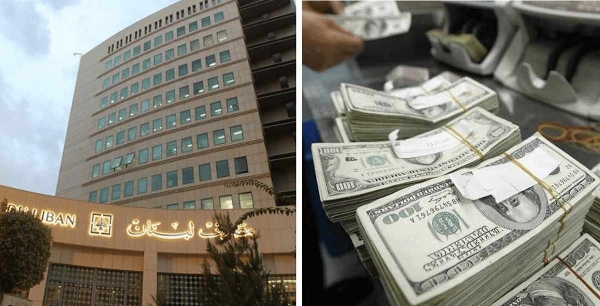China 2013 : Challenges Ahead

شاهد الجدول كاملا
- the shift from external demand to domestic demand,
- the shift from investment driven growth to consumer-led growth,
- the shift from government investment to private investment,
- the shift from traditional elements of production to advanced elements of production.
- China’s economy is slowing down, and this means that companies will face losses and the pressure on employment will rise. Years of rapid growth have led to many “bubbles” and now the concern is that these bubbles will start to burst. If the government uses macro-control technique and lets the air out of the bubbles little by little without triggering an economic crisis or social unrest, and also cultivates new economic growth and new competitive advantages so that businesses are restructured and upgraded, it may overcome this challenge.
- The global economic slowdown is likely to persist for another two or three years, and will have serious negative consequences on Chinese exports. Also, some Western countries are pushing to undermine Chinese competitiveness by calling for the appreciation of the RMB (Yuan), which would have an impact on the global financial markets.
- Demand for energy and raw materials is massive in China. At the same time the country faces substantial pressure to cut carbon dioxide emissions and protect the environment. In the past, the Chinese public, government and businesses focused more on the economy and neglected the environment. Because China developed too fast after opening up its economy, problems have accumulated over the past 20 years and more will appear in the coming years despite the implementation of protective measures. The country needs to conserve energy which is a problem for central and western China that are growing rapidly.
“ China needs to get rid of over-production at its industries and upgrade technologies, management, and employ more skilled personnel “
- Improvements in social development raise costs for the government, because it increases spending on pensions, health care, housing, education etc. But government revenue is falling since tax revenues from small and medium enterprises have fallen, and government income from land use is decreasing because of falling house prices.
- Chinese consumer price inflation has gone from 6.5% in 2011 down to 2.2% in June 2012. Inflation is an intermediate to long-term problem for China and that means the country needs to increase its resilience to inflation. China needs to get rid of its industrial over-production and upgrade technologies and management, and employ more skilled personnel.
- Those with vested interests are against reforms in the Chinese economy. And ignorance has led to the belief that disparities between the rich and the poor for instance were brought about by market-oriented reform, which has led to many resisting further reforms.
- Improvements in social development raise costs for the government, because it increases spending on pensions, health care, housing, education etc. But government revenue is falling since tax revenues from small and medium enterprises have fallen, and government income from land use is decreasing because of falling house prices.
- Chinese consumer price inflation has gone from 6.5% in 2011 down to 2.2% in June 2012. Inflation is an intermediate to long-term problem for China and that means the country needs to increase its resilience to inflation. China needs to get rid of its industrial over-production and upgrade technologies and management, and employ more skilled personnel.
- Those with vested interests are against reforms in the Chinese economy. And ignorance has led to the belief that disparities between the rich and the poor for instance were brought about by market-oriented reform, which has led to many resisting further reforms.








Leave A Comment